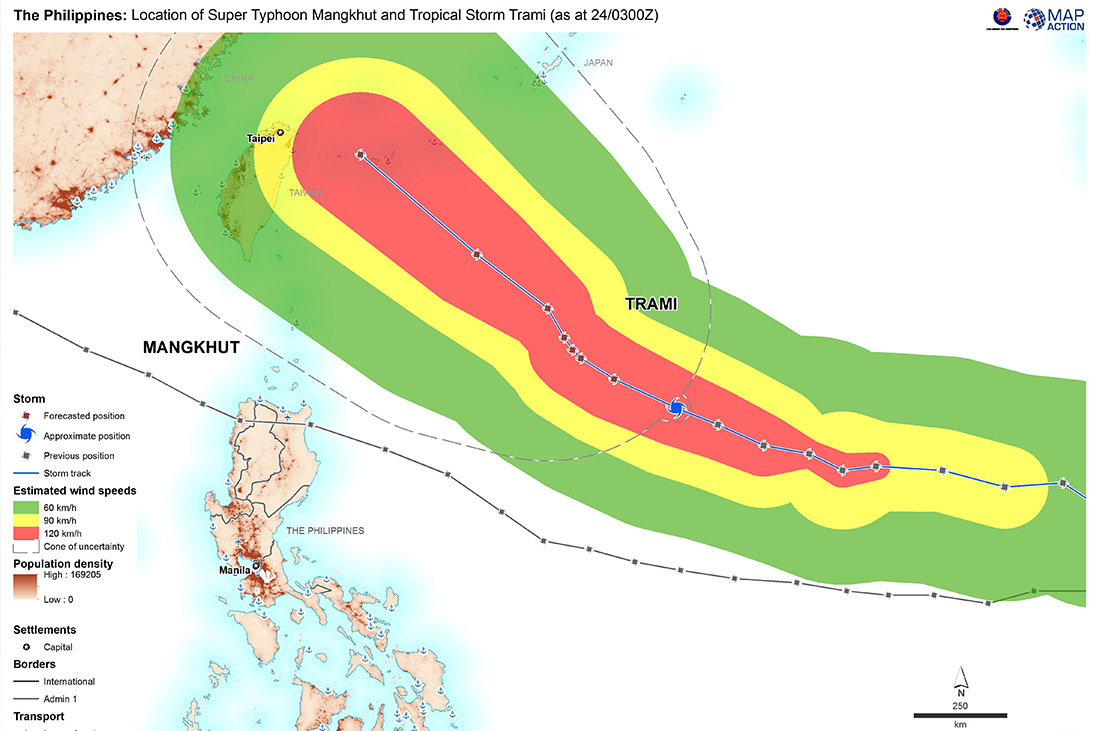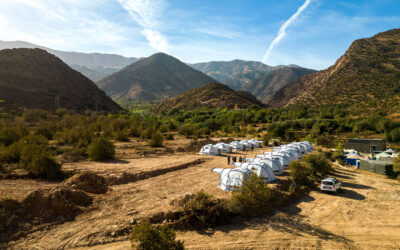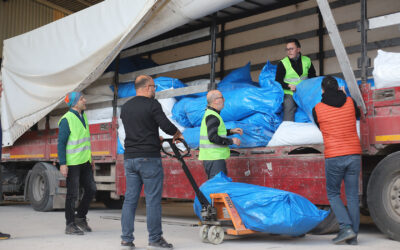At the same time as the southern USA was battered by Hurricane Florence, which claimed 44 lives and caused over $17 billion worth of damage just under a fortnight ago, parts of the Philippines were devastated by Super Typhoon Mangkhut.
Known locally as Ompong, this ferocious weather system caused widespread damage in Hong Kong and south-east China.
Mangkhut has affected over 2.1 million people in the Philippines, which is still recovering from the devastation of Typhoon Haiyan in 2013 in which over 6,000 people died.
The latest death toll has reached 127, with almost the same number reported missing, compared to four dead in China.
More than 10,000 houses in the Philippines were completely destroyed by Mangkhut and over 100,000 others damaged.
Evidence is building that climate change is having an effect on weather events globally.”
More than 50,000 people are in immediate need of assistance and, with damage to agriculture estimated at over £378 million, livelihoods and food security are of concern in the medium-term.
The total cost of the disaster within the Philippines is currently running at around £4.8 billion, while the assistance which has so far been provided totals only around £1.42 million – less than the single $2 million donation from US basketball star Michael Jordan to the victims of Florence.
The road to recovery in the US will also be a long one.
The biggest cause of damage in North Carolina was heavy rain (more than 30 inches in some locations), coupled with a large storm surge, that caused widespread flooding.
More than 51,000 houses were damaged by storm surge, of which an estimated 70% are believed to be uninsured.
Fortunately, the three other Atlantic storms which took place at the same time as Florence were not as destructive.
The total cost of the disaster within the Philippines is currently running at around £4.8 billion, while the assistance which has so far been provided totals only around £1.42 million – less than the single $2 million donation from US basketball star Michael Jordan to the victims of Florence.”
The Caribbean nation of Dominica, which had been severely impacted by Hurricane Maria a year ago, declared a state of emergency as it braced itself for the impact of Tropical Storm Isaac on September 12th.
In the event, there were no injuries and damage to buildings and infrastructure was minimal.
However Tropical Storm Kirk, which had weakened and dissipated, has regrouped and is now threatening several islands including Dominica, Haiti and the Dominican Republic.
Meanwhile, in the Pacific, Super Typhoon Trami was due to reach Japan this weekend and it remains to be seen what impact it will have on the more robust infrastructure of that wealthy country.
Throughout these storm events, humanitarian mapping charity MapAction has been providing support to disaster response teams to ensure the right help gets to the right people as quickly as possible.


MapAction showing the natural disaster impact on The Philippines
Maps help countries prepare for hurricanes and typhoons before they hit by showing forecasts of their paths as well as predicting likely danger zones and hazards such as storm surges.
In the immediate aftermath, they are also essential to provide information about areas of greatest need, safe transport routes and the ‘three W’s’ – who is helping, what help they’re providing and where – so that gaps can be identified and met.
Longer term, they help in planning and implementing the recovery process.
Evidence is building that climate change is having an effect on weather events globally.
What is clear is that storms are becoming fiercer, wetter and more frequent, and higher sea levels are increasing storm surges and flooding.
It is so often the same vulnerable communities that are repeatedly hit by typhoons and hurricanes, giving little chance for recovery between disasters.
For these reasons, helping countries to predict and prepare for these types of emergencies is vital for building up their resilience to catastrophic storms.
Hurricane season officially ends on November 30th. As long as the necessary volunteers and resources are available, MapAction will be on hand to help save lives and alleviate suffering.
Read more about MapAction’s work for disasters across the globe:










